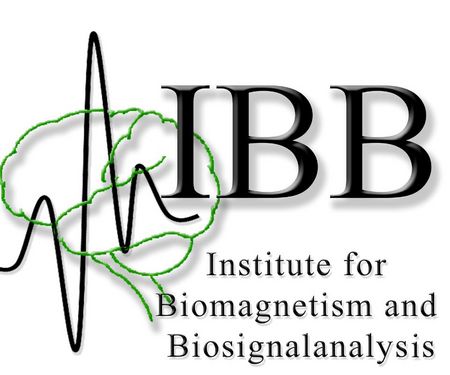
Research in our Institute falls in the area of Translational Cognitive Neuroscience and focuses on studying the dynamics of brain activity in health and disease and along the life span.
Our interdisciplinary team uses state-of-the-art techniques from translational cognitive neuroimaging such as MEG, EEG, TES, TMS, MRI.
The Institute currently hosts five research groups led by Prof. Joachim Groß, Prof. Markus Junghöfer, Prof. Carsten Wolters, Dr. Omid Abbasi und Dr. Daniel Kluger.

